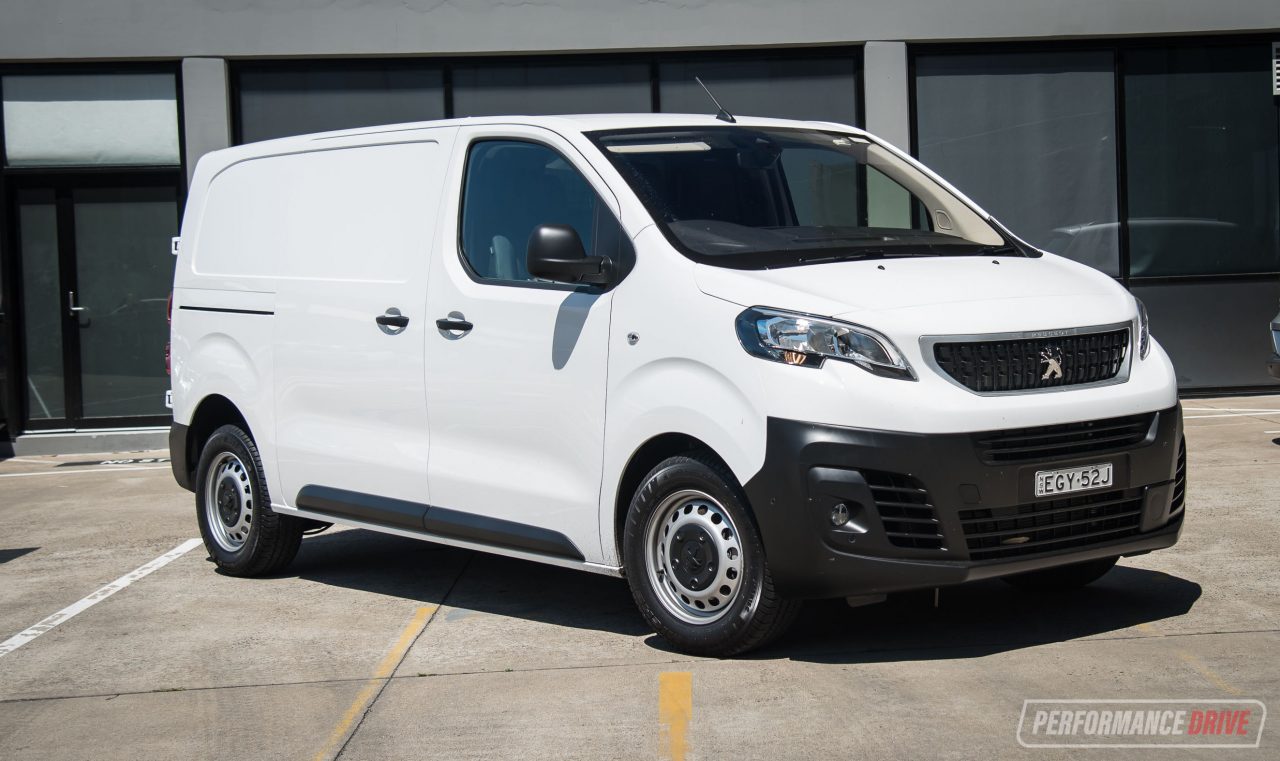The merger between Peugeot-Citroen (Groupe PSA) and Fiat Chrysler Automobiles (FCA) has been completed, with the formal announcement of the new corporate name Stellantis now in effect.
 Both companies combine and now have two executive directors, John Elkann (chairman) and Carlos Tavares (CEO). A new Audit Committee, Remuneration Committee, and Governance and Sustainability Committee have also been set up to support the organisation, along with nine non-executive directors to oversea operations.
Both companies combine and now have two executive directors, John Elkann (chairman) and Carlos Tavares (CEO). A new Audit Committee, Remuneration Committee, and Governance and Sustainability Committee have also been set up to support the organisation, along with nine non-executive directors to oversea operations.
Stellantis common shares began trading on Euronext in Paris and the Mercato Telematico Azionario in Milan on Monday, January 18, and will commence on the New York Stock Exchange on January 19. The company’s stock symbol is STLA. On its first day of trading in Europe, the share price rose 8.0 per cent resulting in an overall corporate value of around 42 billion euros.
What does this new company mean? Well, as an entity it will produce around 8 million vehicles per year and generate over 165 billion euros per year, making it one of the largest auto manufacturers in the world. This is through 14 different car brands, including Peugeot and Citroen, as well as Fiat, Jeep, Chrysler, RAM, Maserati, and Opel and Vauxhall. As for the name and logo? The company said:
“The logo symbolises the rich heritage of Stellantis’ founding companies and the unique combined strengths of the new group’s portfolio of 14 storied automotive brands, as well as the diversity of professional backgrounds of its employees working in all the regions. Along with the Stellantis name – whose Latin root ‘stello’ means ‘to brighten with stars’ – it is the visual representation of the spirit of optimism, energy and renewal of a diverse and innovative company determined to be one of the new leaders in the next era of sustainable mobility.”
Between all of these brands, we can expect some future vehicle models to share components and platforms, and in particular share research and development to optimise costs. Some brands are expected to concentrate on particular market regions, while others are likely to remain global brands.
